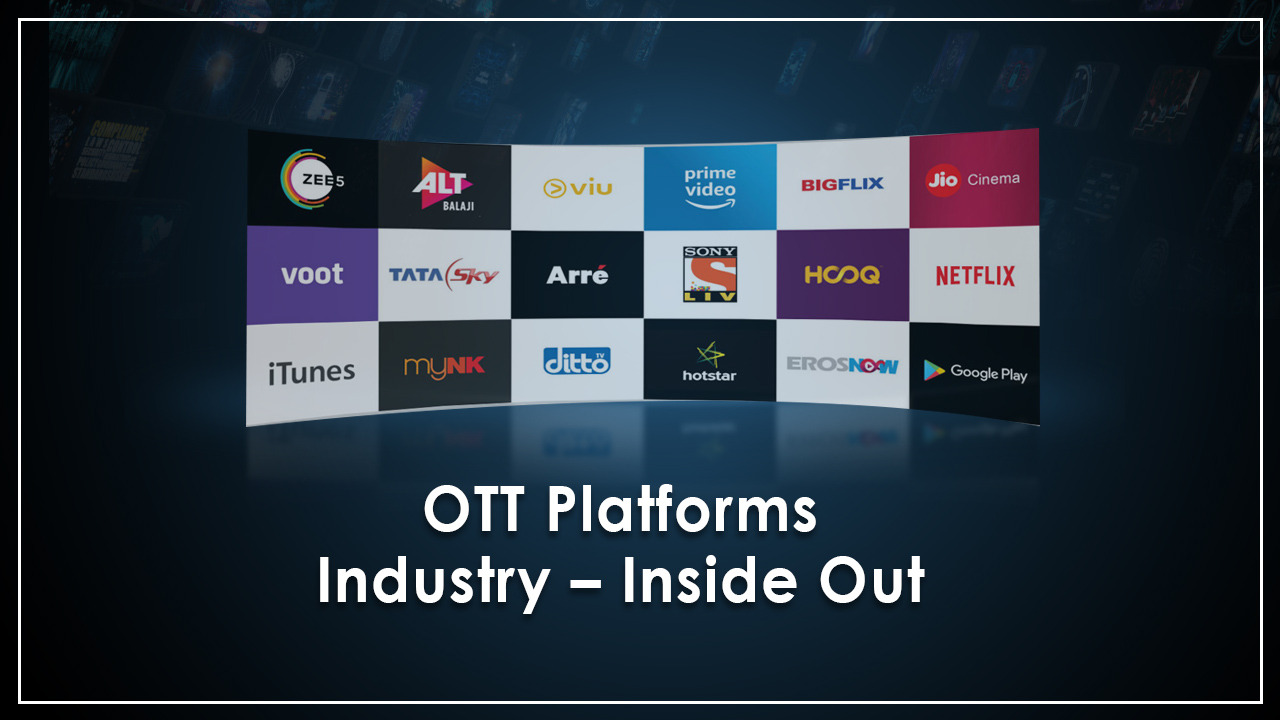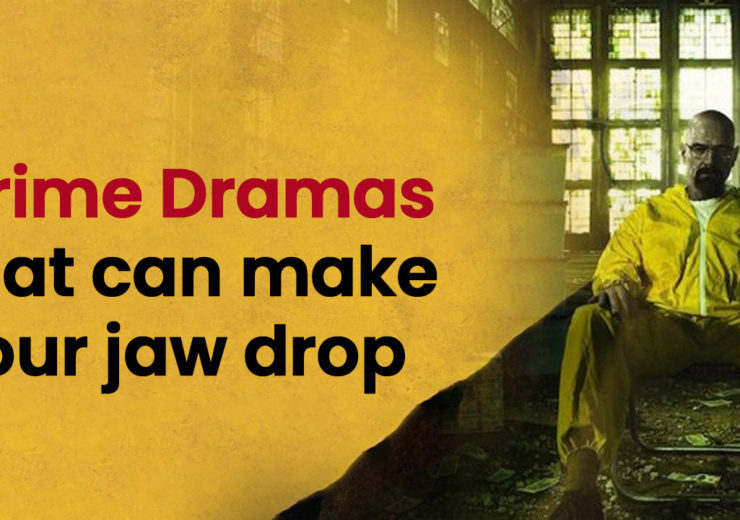OTT Platforms Industry – Inside Out

What are OTT platforms?
OTT, or over-the-top platforms, are the video hosting and streaming services that started out as content hosting platforms but soon branched out into the production and release of short-movies, web-series, feature films, and documentaries themselves.
These platforms offer a range of content and use artificial intelligence to suggest to users the content they are likely to view based on their past viewership on the platform. Most OTT platforms generally offer some content for free and charge a monthly subscription fee for premium content which is generally unavailable elsewhere.
The premium content is usually produced and marketed by the OTT platform themselves, in association with established production houses that historically have made feature films.
OTT Industry Overview
- The average time spent by Indian users on OTT platforms has increased by 30-60% since early March.
- India has not only the highest share of paid online video service users but also multi video-subscription users.
- Local content is essential in India’s online video market.
- Local brands have greater prominence in rural areas.
- India’s digital streaming (also called OTT) industry eclipsed India’s film industry in size.
- The trend has been so since 2016. India’s Over the top (OTT) industry has jumped a whopping 240 percent between 2016 and 2019.
- Consumers in developing countries showed more the propensity to subscribe to more than one service, than those in developed countries.
- 56% of Indian respondents have subscribed to more than one paid online video services.
- OTT media is still expensive for most consumers. (More than 50% of respondents found the average standard subscription price(₹306) too expensive.)
- In India, almost 70% percent of respondents are OK with watching short ads in case that reduces their bill. Netflix however, only earns its revenue through Subscription only. Hence, it can be another source of revenue which can in turn gives more scope to reduce the price.
- With a market size of nearly Rs 500 crore at the end of March 2020, the online video streaming platforms may become a Rs 4000-crore revenue market by the end of 2025
- At the end of 2019, India had as many as 17 crore OTT platform users.
- According to the KPMG report, Indian subscribers spend 20-25 minutes on an average on various OTT platforms.
OTT Platforms Strategy — Mix Bundling
Mix bundling strategy consists of selling two different products/services as a unit. Generally, when products or services are sold as a bundle, a consumer perceives it to be a more economical deal compared to buying the two very services separately.
In the times of COVID-19, all the major OTT players were seen associating themselves with DTH operators and cellular network players to sell their services along with theirs’.
Positives of Mix Bundling
- Great success with penetrating new markets, and drive profitable growth
- Lower user acquisition costs, and higher paid-user conversion rates
- Saving on usual UA advertising costs
- Interestingly, when the free trial period runs-out, the conversion rate from free to paying user is significantly higher than through D2C channels
Negatives of Mixed Bundling
- Backend integration challenges
- Carriers not putting enough effort into promoting bundled services
- Carriers struggle to craft clear marketing messages around bundle offers
Primary Research


“Price is what you pay. Value is what you get.”
Warren Buffet

1) Convenience
2) Content
3) Streaming speed
4) Price
Conclusion
In the times of COVID-19, OTT platforms help people big time, giving people a source to roll their time. With content consumption set to rise, production houses are creating content relevant to their consumer, in areas such as health, fitness, DIY, food, mental health, and entertainment.
Do let us know what type of content do you like to watch the most? Also, which one is your favorite OTT platform?





Comments (04)